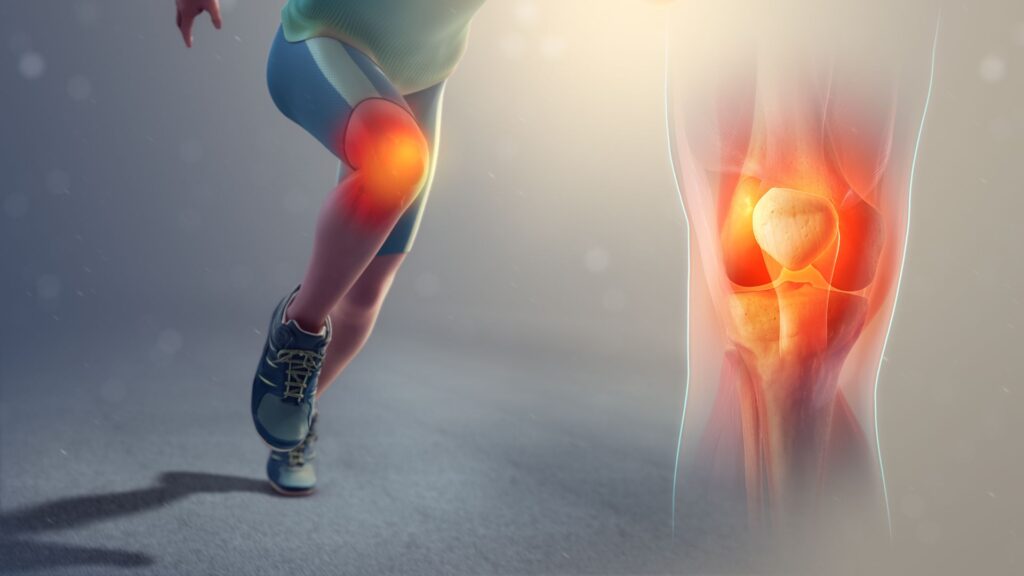Unveiling the Future: The Latest Advancements in Orthopedic Implants and Materials
Orthopedic implants have undergone significant advancements, revolutionizing the landscape of musculoskeletal treatments. In this exploration, we delve into the latest breakthroughs in materials used for orthopedic implants, offering a glimpse into the future of orthopedic care.

Best Material for Orthopedic Implants:
Titanium stands out as a premier material for orthopedic implants. Its exceptional strength, biocompatibility, and corrosion resistance make it an ideal choice. Titanium implants seamlessly integrate with bone tissue, promoting stability and reducing the risk of complications. Ongoing research explores enhanced alloys and coatings to further optimize implant performance.
Best Bone Implant Material:
Bioceramics, such as hydroxyapatite, are gaining prominence as materials for bone implants. Mimicking the natural mineral composition of bone, bioceramic implants facilitate bone ingrowth and regeneration. Their bioactivity promotes a seamless fusion with the surrounding bone, offering a promising solution for orthopedic interventions.

The Future of Orthopedic Implants:
The future of orthopedic implants is marked by innovation and customization. 3D printing technology allows for the creation of patient-specific implants, optimizing fit and functionality. Smart implants equipped with sensors and real-time monitoring capabilities are on the horizon, providing valuable data for personalized postoperative care. The integration of biodegradable materials offers a sustainable approach to orthopedic interventions.
Implants Used in Orthopedics:
A diverse array of implants is utilized in orthopedics, catering to various conditions and patient needs. Joint replacements often feature metal and polyethylene components, providing durability and flexibility. Intramedullary nails and plates made from titanium or stainless steel offer stability in fracture fixation. Advancements in biologics, such as growth factors and stem cell therapies, complement traditional implants, promoting tissue regeneration.

Conclusion: Paving the Way for Enhanced Orthopedic Care
As we witness the evolution of orthopedic implants and materials, the future promises personalized, patient-centric interventions. Titanium and bioceramics lead the charge in current implant materials, while 3D printing and smart technologies shape the future landscape. The synergy between biodegradable materials and traditional implants showcases a commitment to sustainability.
Orthopedic care is entering a new era, where precision, biocompatibility, and patient-specific solutions converge. The ongoing collaboration between researchers, surgeons, and engineers fuels the relentless pursuit of advancements, ensuring that orthopedic interventions continue to enhance lives and restore mobility.
Closing Note:
While we celebrate the strides made in orthopedic implants, it’s essential to recognize the dynamic nature of this field. The latest innovations pave the way for a future where orthopedic care is not only effective but also tailored to individual needs, providing hope for improved outcomes and a higher quality of life.
Know More About Orthopedic Implant Materials
The Benefits of Regenerative Medicine in Orthopedic Treatments
